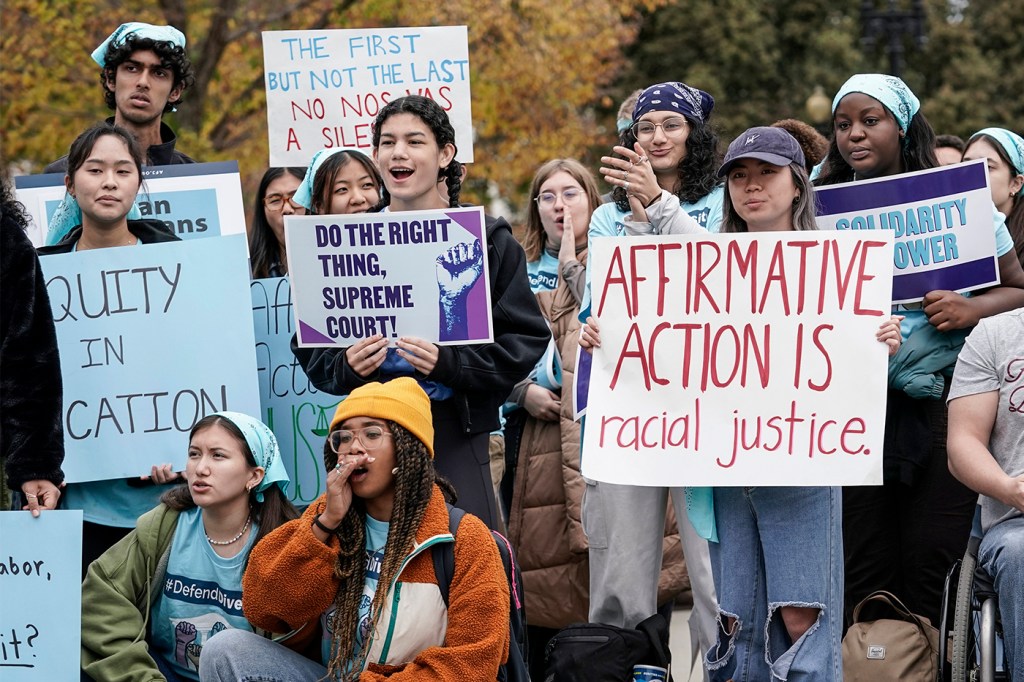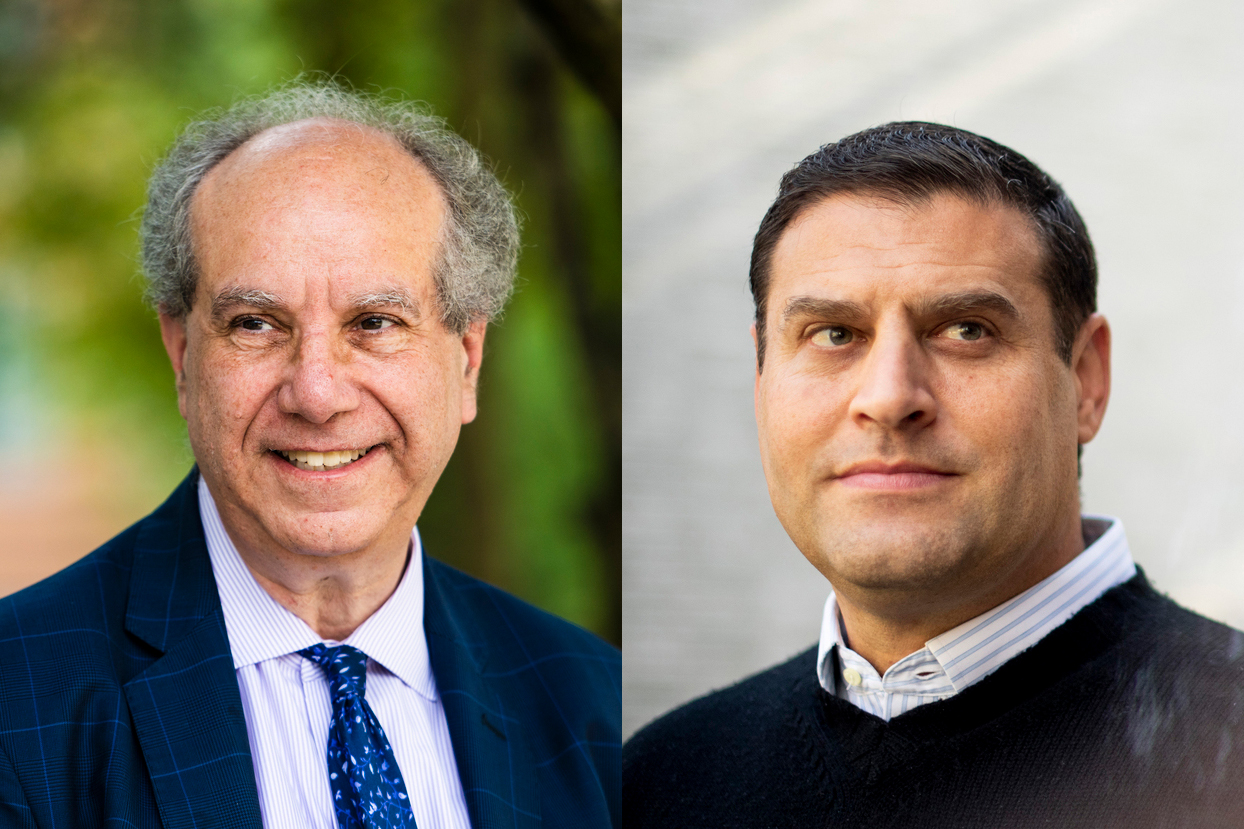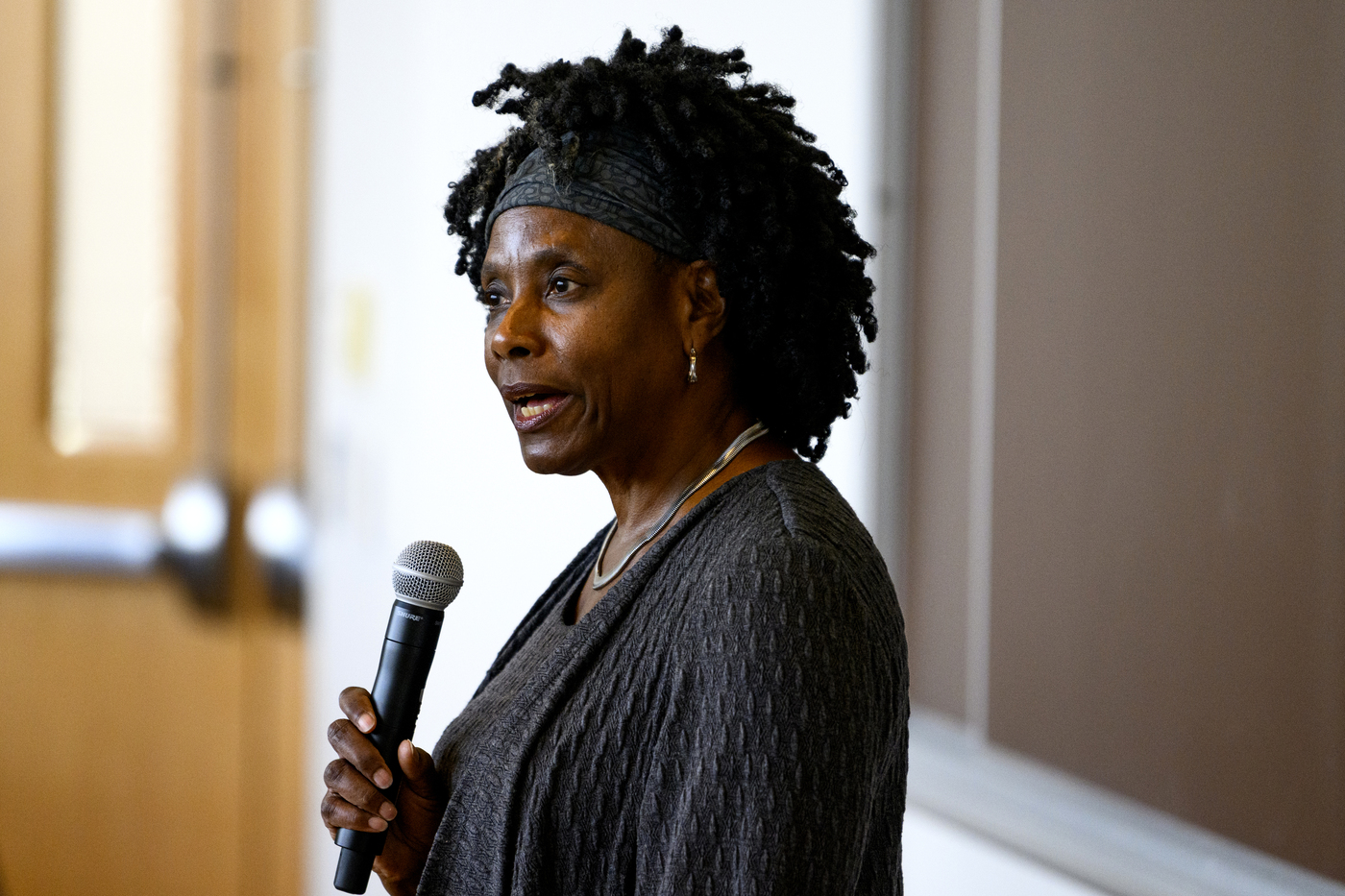The Supreme Court struck down affirmative action. But diversity on college campuses is still possible, experts say

In yet another highly anticipated decision with consequences to be felt across the country, the Supreme Court struck down affirmative action in higher education on Thursday, rolling back more than 40 years of precedent and casting a dark cloud over diversity efforts on college campuses.
The decision along party lines found that race-conscious admissions programs at Harvard and the University of North Carolina violated the Constitution’s guarantee of equal protection.
“The student must be treated based on his or her experiences as an individual—not on the basis of race,” Chief Justice John Roberts wrote for the majority. The court ruled 6-3 in the University of North Carolina case, and 6-2 against in the Harvard case.

“Universities all across the country will begin to experiment with a whole variety of admissions techniques that are race-neutral in the sense that race is not an explicit factor, but not race-neutral in the sense that they’re intended to produce diversity,” says Jeremy R. Paul, a professor of law and former dean of the Northeastern University School of Law.
Paul says many universities are going to have to up their recruitment efforts, increase partnerships with community colleges and high-poverty high schools, and invest more in scholarships and financial aid.
“These are things that universities will want to do anyway, because they’re good things to do,” Paul says.
Thursday’s decision, Paul says, only further underscores the tension between mainstream public opinion and the ideological composition of the court, which has shifted further to the right in recent years—a disconnect that became more than apparent one year ago when the Supreme Court overturned Roe v. Wade, ending decades of precedent that affirmed abortion rights.
“Over many years and multiple cases, the Supreme Court carefully set forth the rules governing consideration of race in university admissions,” Paul says. “Harvard and U.N.C followed those rules. Now the court tells them that what they have done is unconstitutional because the rules themselves don’t make any sense. Such an approach to constitutional law casts further doubt on the court’s ability to fill its crucial role as an institution that is fair-minded and responsive to the values enshrined in our founding document.”
Surveys of public attitudes on the topic of affirmative action are somewhat mixed, and vary based on framing. While there is data suggesting that public opinion on the issue before the high court supports the status quo, other data indicate Americans don’t favor racial preferences in higher education. Recent survey data from the Pew Research Center Americans shows that more Americans “disapprove than approve of higher education institutions taking race and ethnicity into account when admitting students.”
But across much of higher education and the business world, Paul argues that there is consensus on the topic.
“This is completely out of step with what the mainstream establishment institutions want, which is more diversity, and that includes not just the universities, but all of the military and the corporate sector,” Paul says.
Dan Urman, director of the law and public policy minor at Northeastern, who teaches courses on the Supreme Court, says the ruling means that universities will have to redouble their efforts to maintain diverse student bodies. Urman says there are examples of states opting out of affirmative action policies to mixed results.
“My home state of California abolished affirmative action in 1996 in a vote called Proposition 209, and California universities spent a lot of time and resources recruiting, establishing programs,” he says. “They were able to get diversity, not back to where it was before … but let’s say they were able to avoid some of the worst predictions of what would happen to diversity.”
One potential solution to maintain diversity are so-called percentage plans, where students who graduate at the top of their classes at each respective high school are guaranteed spots in universities. The first percentage plan was signed into law in 1997 in Texas by then-Gov. George W. Bush. It permits any student from “a Texas public high school in the top 10% of his or her class to get into any Texas public college, without any SAT or ACT score.”
Speaking to Northeastern Global News ahead of the ruling, Urman said that a majority decision to strike down affirmative action would put admissions offices in a strange position.
“Take an applicant from a certain region with a certain background, which you might discern from a personal statement or essay—how can you scrub that from the process?” he asks.

Deborah Jackson, managing director of the Center for Law, Equity and Race at Northeastern University School of Law, says that following the decision, efforts to increase diversity not only call for more focused outreach in underserved communities, but an earlier start to that recruitment and outreach.
“That could mean going to high schools and talking to students and providing information to teachers and guidance counselors during [the students’] freshman year, not just senior year,” she says.
Jackson also says it’s important that universities’ outreach continue to target first-generation students in particular.
Tanner Stening is a Northeastern Global News reporter. Email him at t.stening@northeastern.edu. Follow him on Twitter @tstening90.






